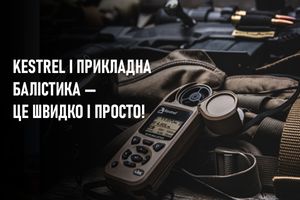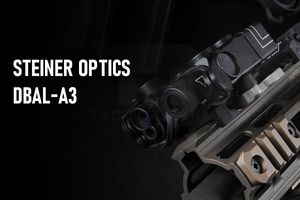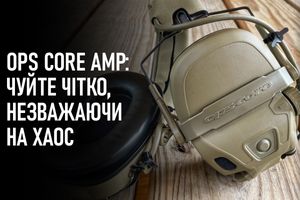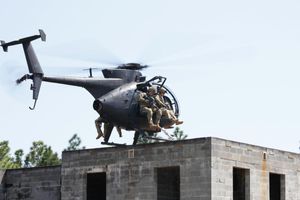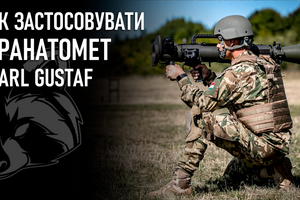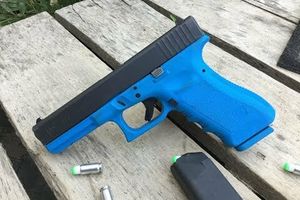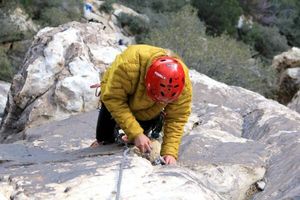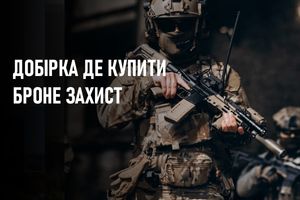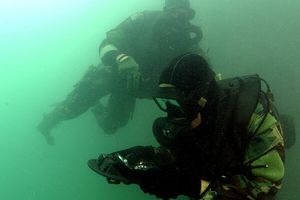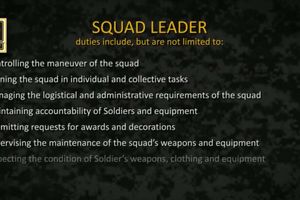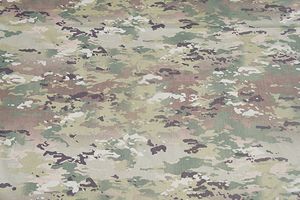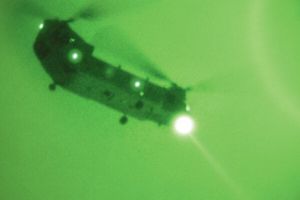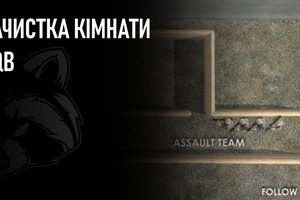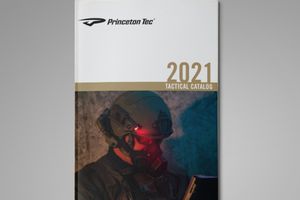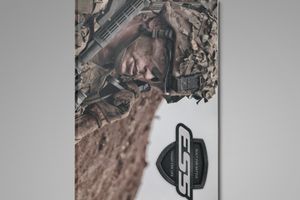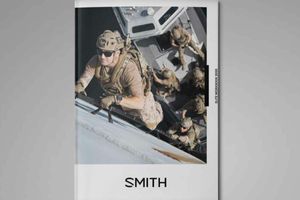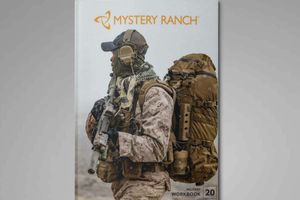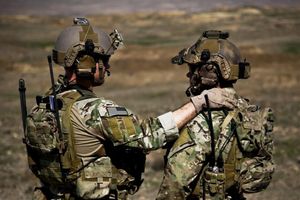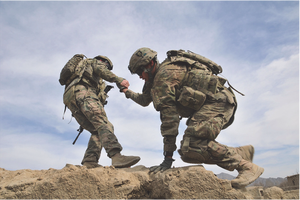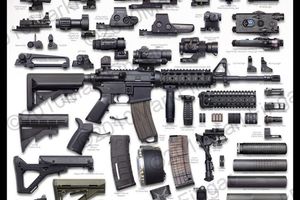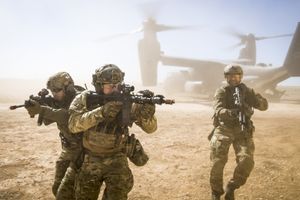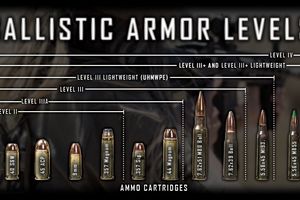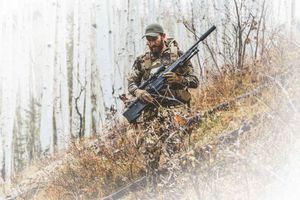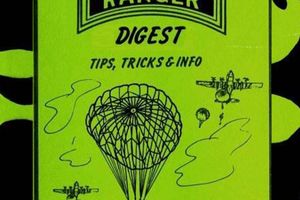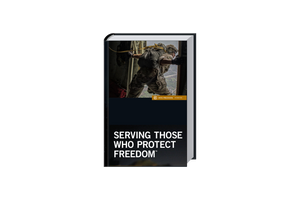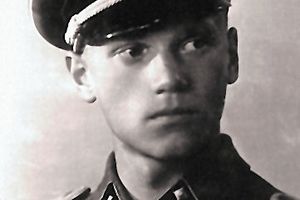The recommendations are based on the research of the California Commission of Standards and the training of law enforcement officers and the Federal Bureau of Investigation. The FBI has been collecting information on killed and attacked employees since 1945; the Commission has been collecting such data since 1980. The following recommendations are based on an analysis conducted by the FBI from 1995 to 2004.
1. Get ready for a quick, spontaneous and deadly attack.
Based on the statistics of the use of firearms, it can be concluded that knowledge of tactics and melee techniques with weapons is critical for survival. Personal communication with unknown people constitutes a large part of the daily law enforcement routine. For effective communication it is necessary to be close enough to the person with whom you are talking.
Difficulties begin to arise when some of these people suddenly turn into “bad guys.” From the moment this happens, the training for the removal of weapons and firing from different positions at close range, retention and control of weapons, hand-to-hand combat skills and other required combat training at close range becomes crucial.
2. Get ready to attack several people in the presence of random people.
Statistics indicate that in 60% of the attacks, more than 1 attacker was carried out. At the same time, it is necessary to take into account the possible fact that there are innocent random people at the scene of the collision. Also take into account the fact that when calling for a house or similar cases, family members can turn from innocent people into aggressive people towards law enforcement officers.
Learn to break the phenomenon of “tunnel vision” and hit multiple targets, taking into account the presence of random people, based on the shooting / shoot-out shooting method, which will greatly increase your chances of survival and reduce the effect of various interferences.
3. Practice a sudden transition to shooting from the arrest or control of a suspect, including a search and handcuffing.
Quite a lot of potentially dangerous cases occur when an employee searches or tries to handcuff a suspect. A sudden transition to the use of firearms can be extremely dangerous for an employee if he is not trained in the necessary response techniques.
The main mistakes of the training here are the forgetfulness of the employee to increase the distance with increasing danger or the presence of handcuffs in his hand during the removal of weapons.
4. Base your training on the fact that most of the employees were killed at close range.
The statistics clearly indicate the fact that most of the shootings occur at close distances. But this does not mean that it is necessary to train shooting only at close distances. Just when preparing, consider this fact and if a similar situation is brewing, try to increase the distance as much as possible.
For a better understanding of the need to increase the distance, imagine a shooting criminal moving directly to the employee, this example also demonstrates the need for fast and efficient movement in various critical situations.
5. Base your training on the fact that the employee will have limited fine and general motor control.
We all need to be prepared for the fact that our body experiences various psychological responses during combat situations. Sleight of hand and skill is something that will be discussed further. When in critical situations the blood moves away from the limbs and flows to the body, we lose a little in the motor control over our fingers and hands.
Unfortunately, such a basis for accurate shooting as the correct product of the descent will be one of the first lost. Before the panic that follows this statement, it is necessary to reiterate that learning the correct basics of shooting is basic and must be done in a mandatory way! But consider the fact that under stressful situations your motor control will be degraded.
6. Integrate realistic scenarios with work in pairs and involving cover groups into the training.
Just because your employees know how to safely and effectively hit multiple targets, rationally reloading and moving from one shelter to another does not mean that they know how to do these same things simultaneously with two or three other co-workers running around them trying to do the same thing at the same time. Where is my trunk going? Where is my partner? Where is the trunk of my partner? Proper tactical communication is critical at the moment!
Chase groups of 2-3 people through various realistic scenarios. Use targets set in various places and configurations. Put the group tight when shooting, so that the blows of the cartridges of partners would cause them inconvenience. Bring their training to the point where, when they deeply subconsciously control the direction of their trunk, understand the need for communication, when it is necessary to move, recharge and fight.
7. Achieve a winning attitude of consciousness and a desire to survive with the employee during all the sessions.
Often enough that with which you enter the battle from there and get. Having a winning attitude and a positive attitude will only increase an employee’s chances of survival. Despite the fact that the work of a law enforcement officer is quite dangerous, there is also a rather large risk of becoming a victim not only in the service, but also at another time. Often the greatest danger faced by this reflection in the mirror. In particular, films have a great influence on the ideas of many people about the realities of a gunshot conflict, where it is shown how people fly 3 meters to the garbage cans from being hit by just one pistol bullet.
Clint Smith (famous shooting instructor, approx. Translator) says that if you fight, you can be hit, if you participate in a knife fight, you can be cut, if in a firearm, you can be shot down. This does not mean that the battle is over, it only means that the fight may end for you a little differently than originally planned. Knowing how to shoot, recharge and eliminate delays with one hand (left and right) is very important. Employees must be confident that they can win a fight, even if they are injured. Also, the knowledge of these techniques adds confidence in their abilities.
8. Practice shooting with one hand, both with a strong (leading) and weak hand, this concerns taking out weapons, reloading and eliminating delays when shooting.
Quite a lot of firefights occur when you hold the weapon with one hand and shooting with one hand sometimes (depending on the situation) can provide certain tactical advantages. Even if you are not injured, the traditional two-handed grip may be impractical or dangerous in shelter / cover use situations.
For security reasons, one-handed grip is best trained in small groups. Given that employees will handle the weapon in an unconventional and uncomfortable manner, control of the direction of the barrel is especially important.
9. Train employees to search and clean buildings and firing indoors.
When the family returns home and sees their front door knocked out, they call the police. Is there a special forces group going there? Of course not - the nearest patrol car is heading there. One or in pairs, each employee should know how to carry out the basic technique of actions in the premises: entrance, orientation in buildings, cleaning of rooms. They should know and be guided in such things as, and in which direction the door opens, if hinges are visible, do not show parts of the body from around the corner, not lean against the wall when moving and not stand in the doorways.
It's one thing when you shoot a dash standing on the line and another thing when you train in a building and have to be on the check at 360 degrees around the perimeter.
10. Practice in low light conditions or without light as much as in daylight.
Because 70% or more of the rifle clashes in the service occur in low light conditions, adequate training when shooting with lighting tools cannot be underestimated. The identification of the target and the identification of the threat should be given sufficient time for this preparation. Keep in mind that a lantern may be needed during the day, as well as at night, as you never know where you can be.
The flashlight you use at work has a huge impact on how you handle your weapon and ultimately how you will fight. On this basis, you should be fairly confident in using it in a wide range of tactical situations. If you also use laser target designators, then you should also devote enough time to training with them.
11. Learn the technique of "shooting after movement" and "shooting while moving."
If you keep a clear stand during the fight, then you are doing something wrong. If you move, then either break the distance or move to the shelter. Being able to fire effectively while traveling gives you a very significant tactical advantage. It also increases your chances of survival and reduces the chance of accidentally hitting where you don’t want to go.
Remember that when shooting while moving, you must move no faster than you can hit, see, and in some cases hear.
12. Practice shooting at moving targets, both at you and in parallel.
The practice of shooting at moving targets has become mandatory among US law enforcement agencies. When was the last time you were in a situation of aggressive confrontation, and someone was quietly sitting at the same time? Considering that movements have become an integral part of gunshot conflicts, the ability to fire safely and accurately at moving targets can become great benefit to the employee.
It is very important to learn to shoot at moving targets both on you / from you and in parallel, because each of these situations requires a special set of skills from the employee.
Authors: Benk Miller, Ben Kurata, Action Target Academy










































































































































